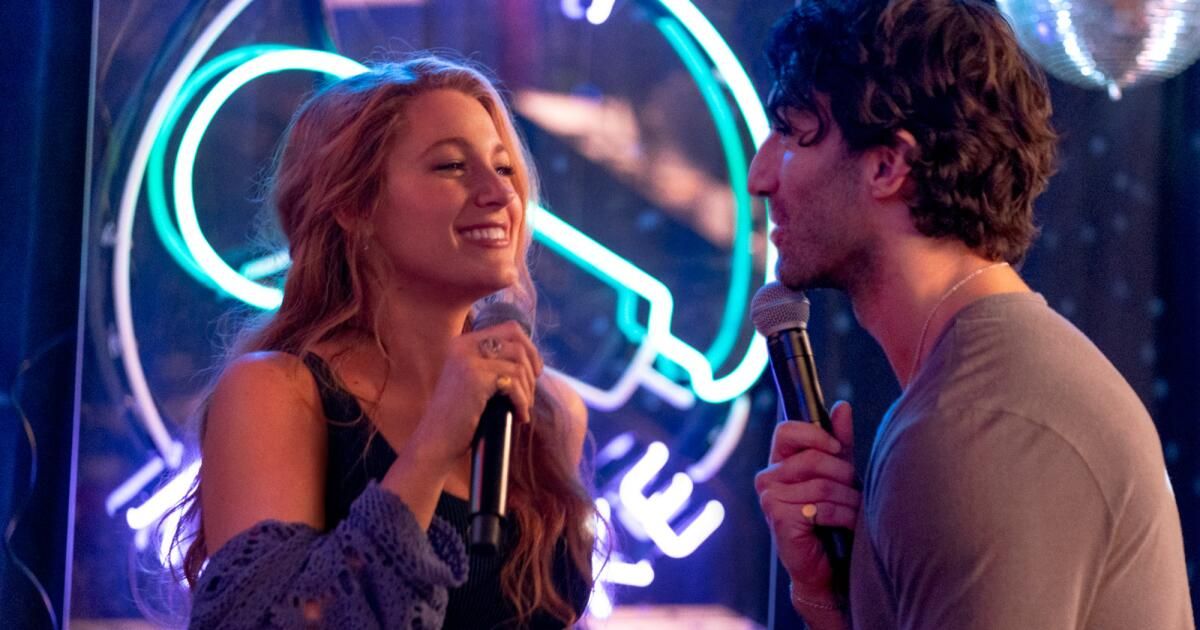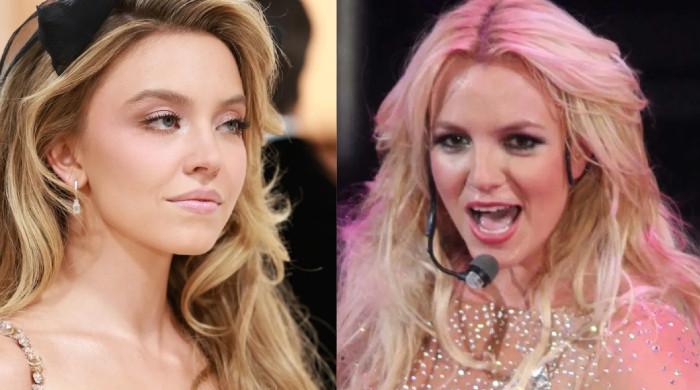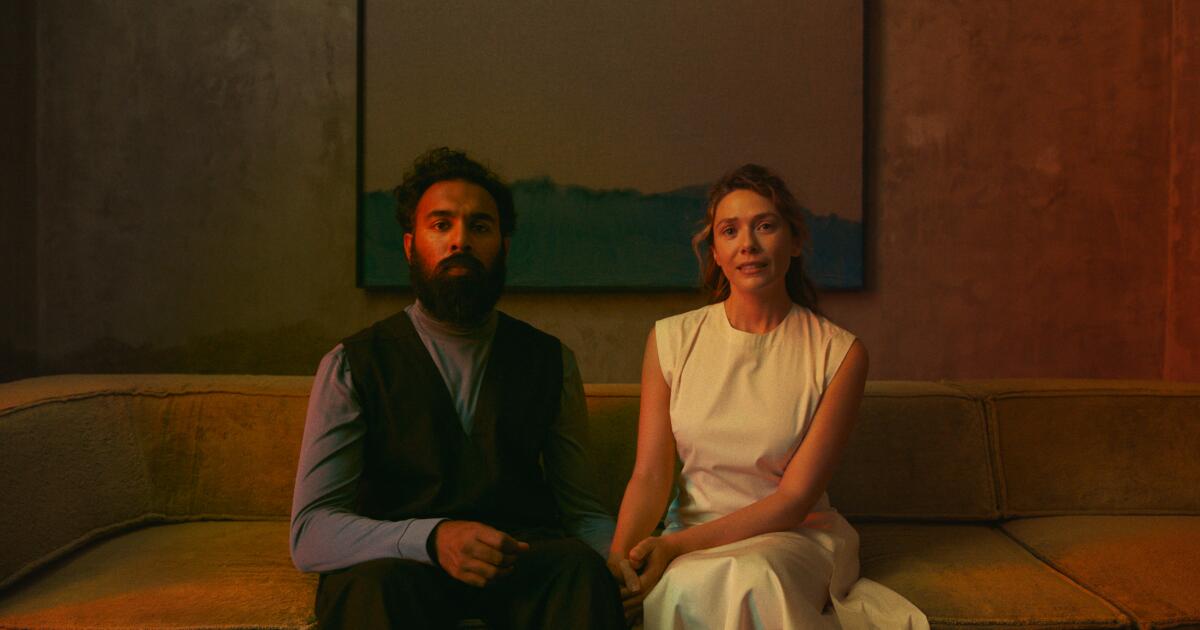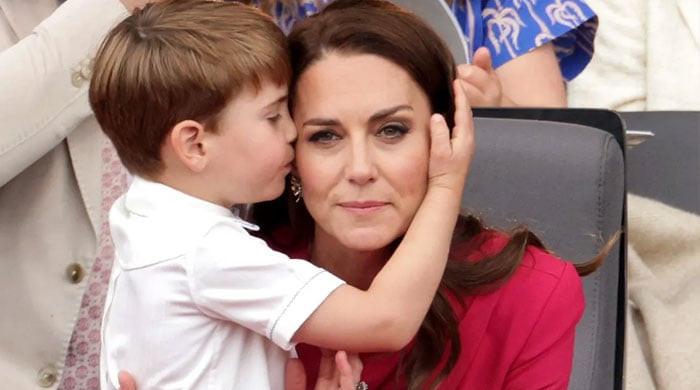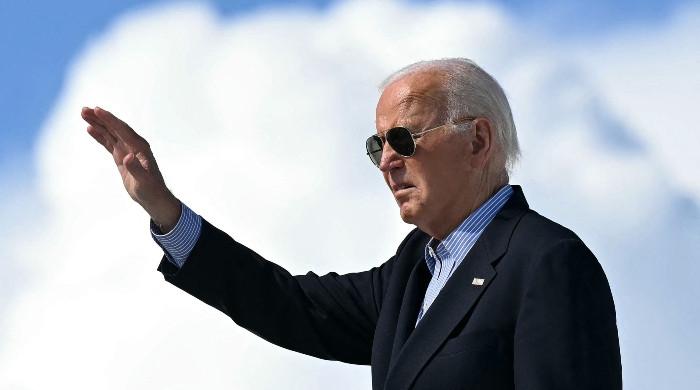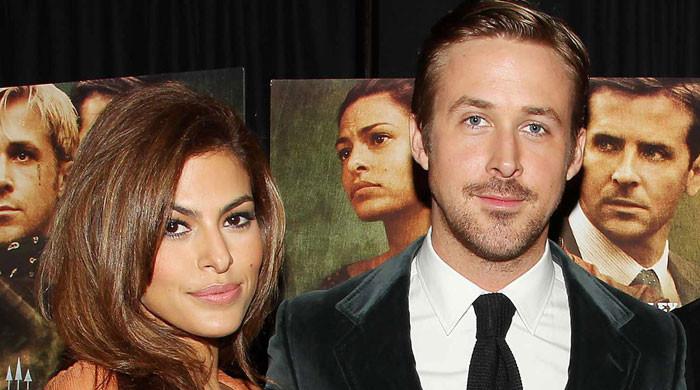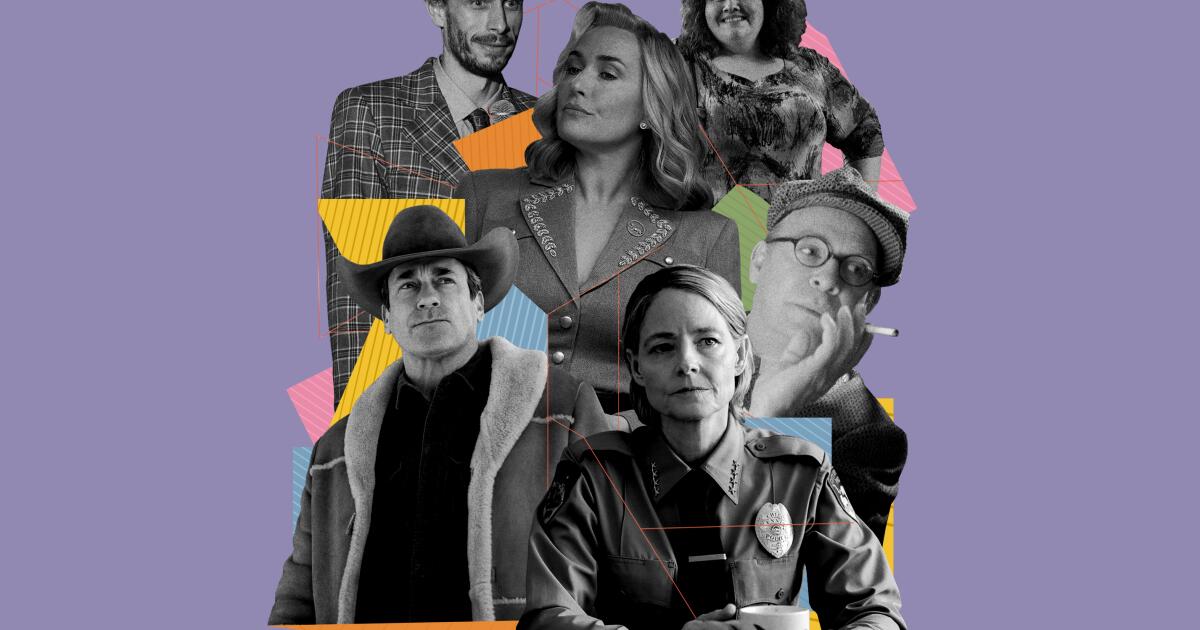To understand Blake Lively’s new romantic melodrama, “It Ends With Us,” you need to understand that it exists in a context: the context of the current publishing industry landscape, which is dominated by female authors and consumers. This understanding explains the film’s existence, as it is aimed at an audience that is often overlooked in today’s film market and has broad name recognition.
The original text of “It Ends With Us” (adapted for the big screen by Christy Hall) is the bestselling 2016 novel by Colleen Hoover, an author who began self-publishing her own books. They became so popular on Kindle Unlimited that she made the New York Times best-seller list on her own before Atria Books, a division of Simon & Schuster, signed her up.
“It Ends With Us” is a cathartic personal story for Hoover, based on family experience, about a woman, Lily (played in the film by Lively), who overcomes a cycle of domestic abuse, which she witnessed in her parents’ marriage and then experienced herself in a toxic relationship.
The story follows Lily Bloom, a young woman living in Boston who dreams of opening her own flower shop (yes, it's called “Lily Bloom's”). The film opens with the funeral of her father (Kevin McKidd), where Lily struggles to name a few things she loved and respected about him. While processing her complex feelings on a rooftop patio at night, she meets a hot, short-tempered neurosurgeon, Ryle (Justin Baldoni).
Months later, they meet up with him and begin a relationship that is complicated by another chance encounter with Lily's first love, Atlas (Brandon Sklenar), the equally attractive chef and owner of her favorite restaurant, whom Lily hasn't seen since high school. Ryle's jealousy of Atlas increases the volatility of his relationship with Lily, which has begun to lead to violence and injuries, whether accidental or not.
For all the limitations of Hoover’s novel, with its juvenile writing style and cringe-inducing prose, it is at least clear about the realities of intimate partner violence. Lily in the book is young (in her early 20s) and an often irritatingly immature character, but at least her eyes are open to what’s happening in her relationship. The Lily of the film, however, seems older and calmer; the dialogue, fine-tuned by Hall, is much funnier. But in the film, Lily raves about her relationship, and the film blurs the lines of abuse for far too long to a frustrating degree that essentially deprives our heroine of her agency and sidesteps some of Ryle’s obvious manipulation.
It is worth noting that Baldoni, who plays the abusive Ryle, is also the director of the film. Perhaps it was due to the scriptwriting or a decision made from above, based on test screenings and audience reaction, but there is a clear choice to conceal Ryle's true nature, revealing his intentions towards the end of the film, in a montage that does not square with the development of events in Hoover's version. Perhaps this decision was made so that the audience (who may not have read the book) would not turn against his character too soon.
Other small changes relieve Ryle of some of his darker actions. Decisions to condense and omit in the adaptation process are always necessary, but the ones made for “It Ends With Us” result in Lily, though seemingly much more mature and intelligent, becoming a helpless, complicit, and confused character, which is problematic for this issue.
Baldoni’s stylistic approach to creating Hoover’s world is to offer the romantic fantasy of escapism inherent to the literary and film genre: elaborate costume and production design, lavish interiors, a Boston where it mysteriously never snows, extensive courtship and seduction montages set to contemporary indie ballads. It never feels like it’s set in the real world, but since this is a romantic melodrama, it doesn’t have to be. But there are also harsh realities that the story must confront, and gilding Lily’s experience by softening the trauma doesn’t serve the harsh truths Hoover unearthed in her book, which clearly connected with a large female readership who craved stories like this.
“It Ends With Us” continues the tradition of “women’s films” that were an essential part of Hollywood filmmaking in the 1940s (Bette Davis could have starred in a version of this film some 80 years ago). But women’s films also have to express a raw reality that is unfortunately muddled here, in a botched adaptation that is both too close and too far from its source.
Walsh is a film critic for the Tribune News Service.
'It all ends with us'
Classification: PG-13, for domestic violence, sexual content and strong language.
Duration: 2 hours, 10 minutes
Playing: In general release on Friday, August 9

